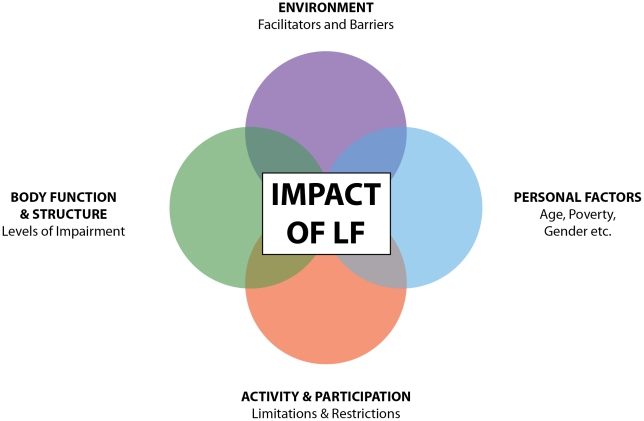Figure 2. The impact of LF: an adapted ICF model.
Figure 2 is an adaptation of the original ICF model [13] outlined in Figure 1. This model shows that the impact of LF is dependent on the interaction of a number of domains within the ICF. The impact of LF is dependent on the impact of the disease on body functions and structures and the level of impairment present. However, the impact of LF is also dependent on the person's environment, which can either facilitate good health (i.e., presence of LF programs within the community) or create a barrier to good health (i.e., the presence of social stigma within the community that prevents people with LF from accessing proper treatment). The impact of LF is seen also in terms of how the disease prevents people from completing daily activities and from participating in major life roles and community events. Finally, LF impact is influenced by personal factors such as poverty, gender, and age. This model shows how these elements (Body Function and Structure, Activity and Participation, Environment and Personal Factors) interact to determine the impact of LF for an individual living with the disease. Hence, LF programs that target solely the body structures and functions level only address one domain and do not respond to other factors that influence the overall impact of LF for a person. Interventions that also address environmental barriers, support re-engagement within daily activities and community participation, and respond to personal needs are theorised to have the greatest impact on the experience of LF for an individual.

